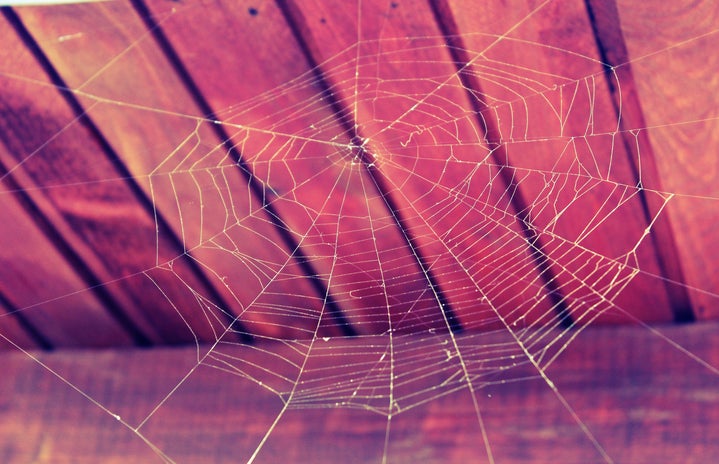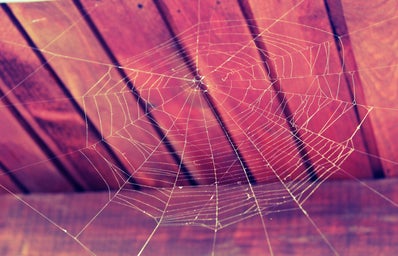This article is written by a student writer from the Her Campus at DePaul chapter.
To be a 5-year-old girl and wanting to express yourself during the Halloween season is a confusing predicament. You can be a princess, of course, or any variation of a Barbie doll. But unlike other little boys your age, you are unencouraged to “dress for the job you want” or the person that you aren’t even aware that you are capable of being. That police officer costume that your brother is wearing? That’s not for you. Your costume isn’t complete without a skirt that isn’t meant for catching burglars and handcuffs enveloped in sequins.
Halloween costumes in today’s society aren’t reflective of girls and their potential to be successful or their abilities to do what their male counterparts are seemingly born to do, and this, in turn, creates a dangerous mentality that sticks with girls as they become young women. You can’t be something without stereotypical references to your femininity (not to mention the cultural appropriation in various costumes as well as lack of racial representation in many costume advertisements). If you want to be something seemingly scary in spirit of the holiday, your choices are honed in on skirts and societal expectations. You can’t be a female monster or ghoul without a dress and corset solidifying your femininity (in case anyone forgot that you were a girl). Little girls become unnecessarily feminized, and sometimes sexualized through these limited costume choices. Femininity is absolutely, 100% OKAY, but what happens when girls are only given one choice as to who they want to be? Who is this for? What does this tell little girls about their potential or their purpose in life?
The imagination that is sparked through these costumes begins to impede on the reality. As we grow up, we see ourselves in this one particular way based on those costumes we’ve worn once a year. Yes, these are just costumes, but this predicament is reflective of girls and how they are viewed in today’s society. Though we have come far compared to where we were 100 years or even 50 years ago, there isn’t nearly enough choice for young girls and their futures these days as reflected by Halloween costumes. You can’t have a certain job or be a certain way without having a microscopic focus on your image, and thus, your femininity. You can’t be a police officer without wearing a skirt and accessories to match.
As girls become women and real sexuality becomes a factor as opposed to this false, underage sexuality created by costume designers, this predicament becomes more confusing. This absolutely becomes a double-edged sword. It’s hard for girls who, from a young age, are taught to constantly focus on their femininity to wear anything else. As the famous quote from the 2004 movie Mean Girls states, “Halloween is the one day a year when a girl can dress up like a total slut and no other girls can say anything else about it”. Halloween is a time that perpetuates and magnifies societal gender stereotypes, and this quote reveals the obvious faults and irony in how Halloween is experienced by girls. These costumes that are around us for our entire lives creates in us an impossible paradox to dress for this certain expectation, while still falling under standards that aren’t reachable. To dress to fit the expectation is, well, expected. To over-dress relative to the expectation is to be a prude. To dress under the expectation? You’re a slut. At least that’s what society tells us. These impossible expectations begin when we are little girls picking out our first Halloween costume.
There is absolutely nothing wrong with slipping on some thigh highs and cat ears in lieu of a semi-functional police officer outfit this Halloween season. Your choices as a woman are always 100% valid, and even more so when you are shown the infinite amount of other choices out there. There need to be equal choices available to people, especially children, regardless of gender identification. It’s important to realize that though costumes are simply that, they are reflective of how society is set up for young girls and women (and that this can absolutely be said regarding the male gender as well). As Halloween comes and goes this season, it is important to remember that people are more than their gender and that something as seemingly simple as a costume connotes more that what meets the eye.

